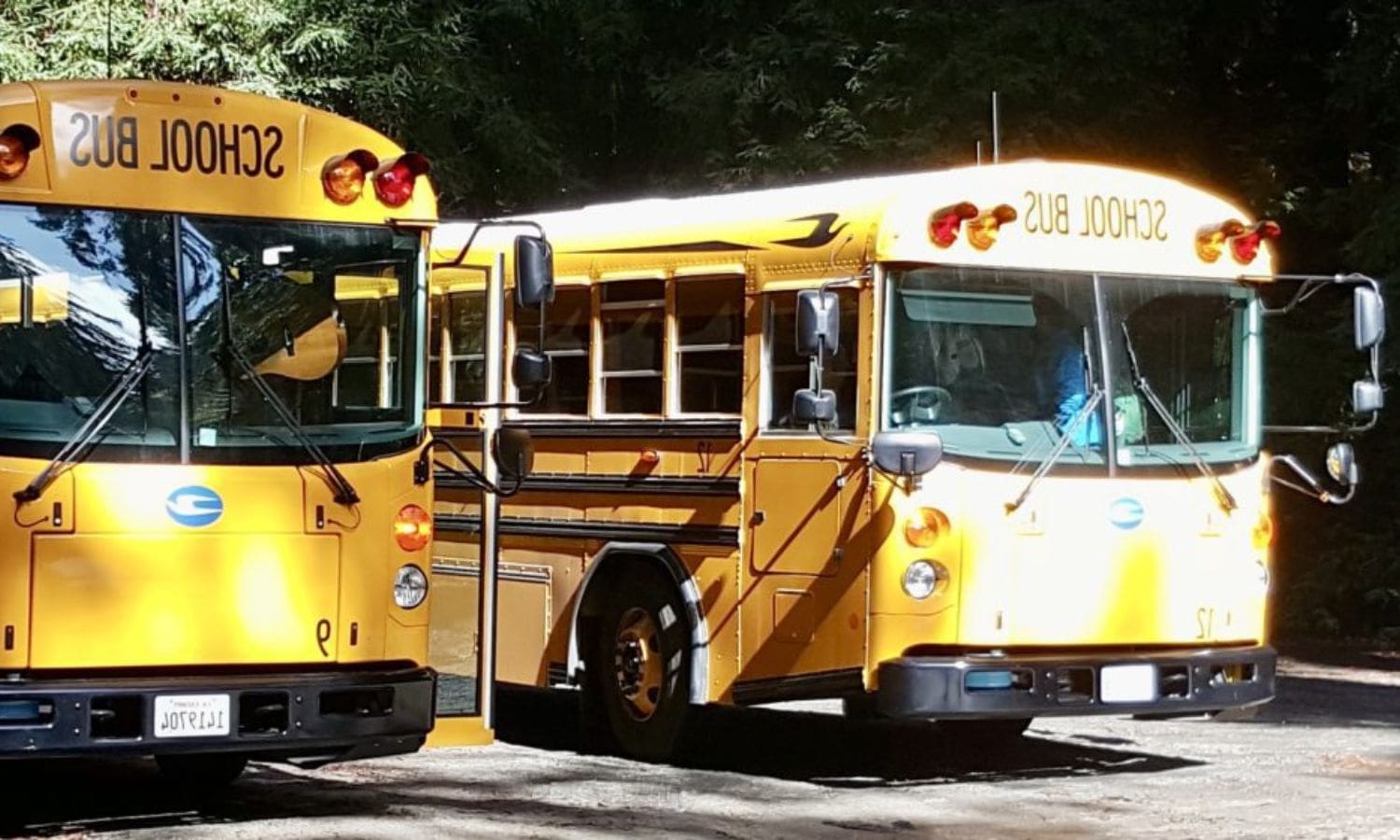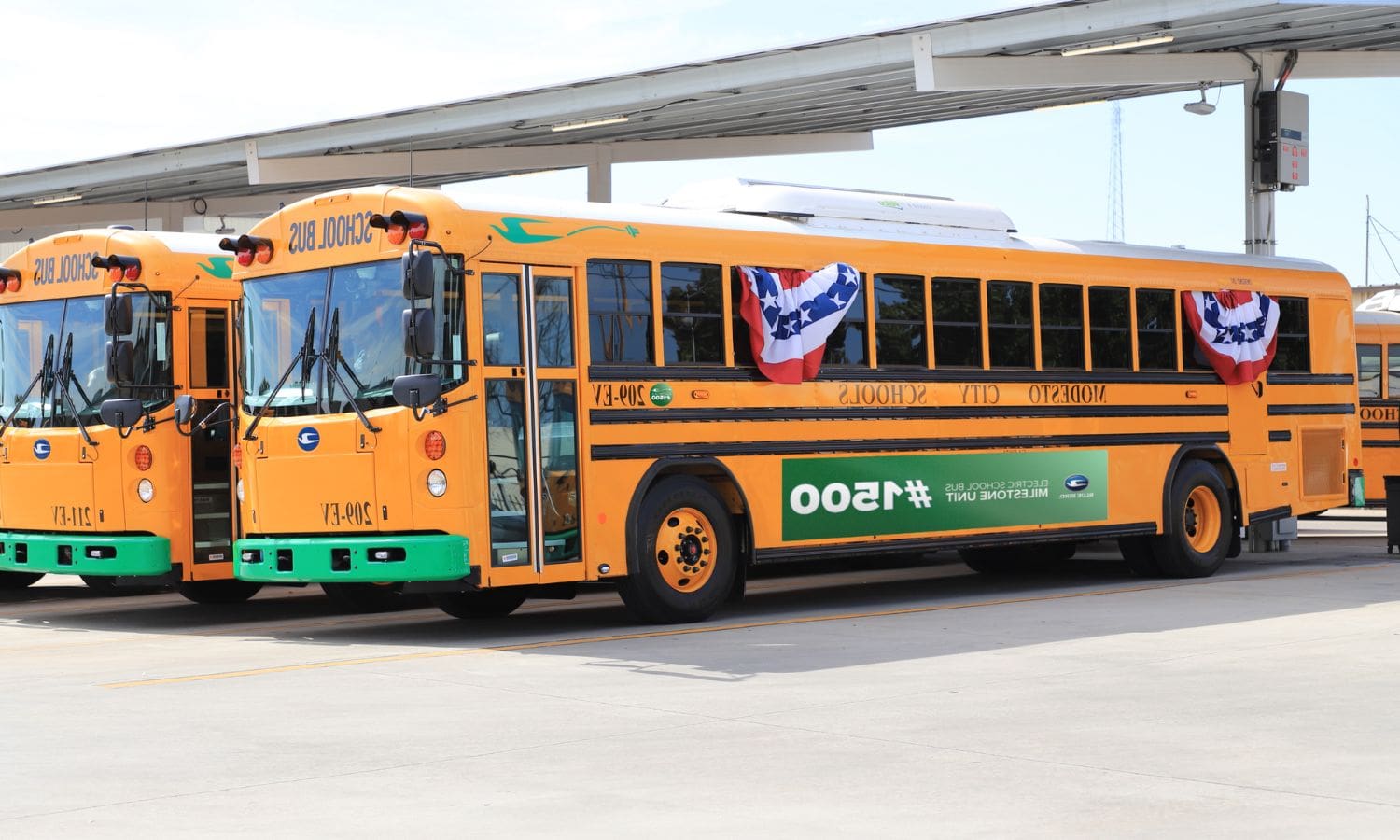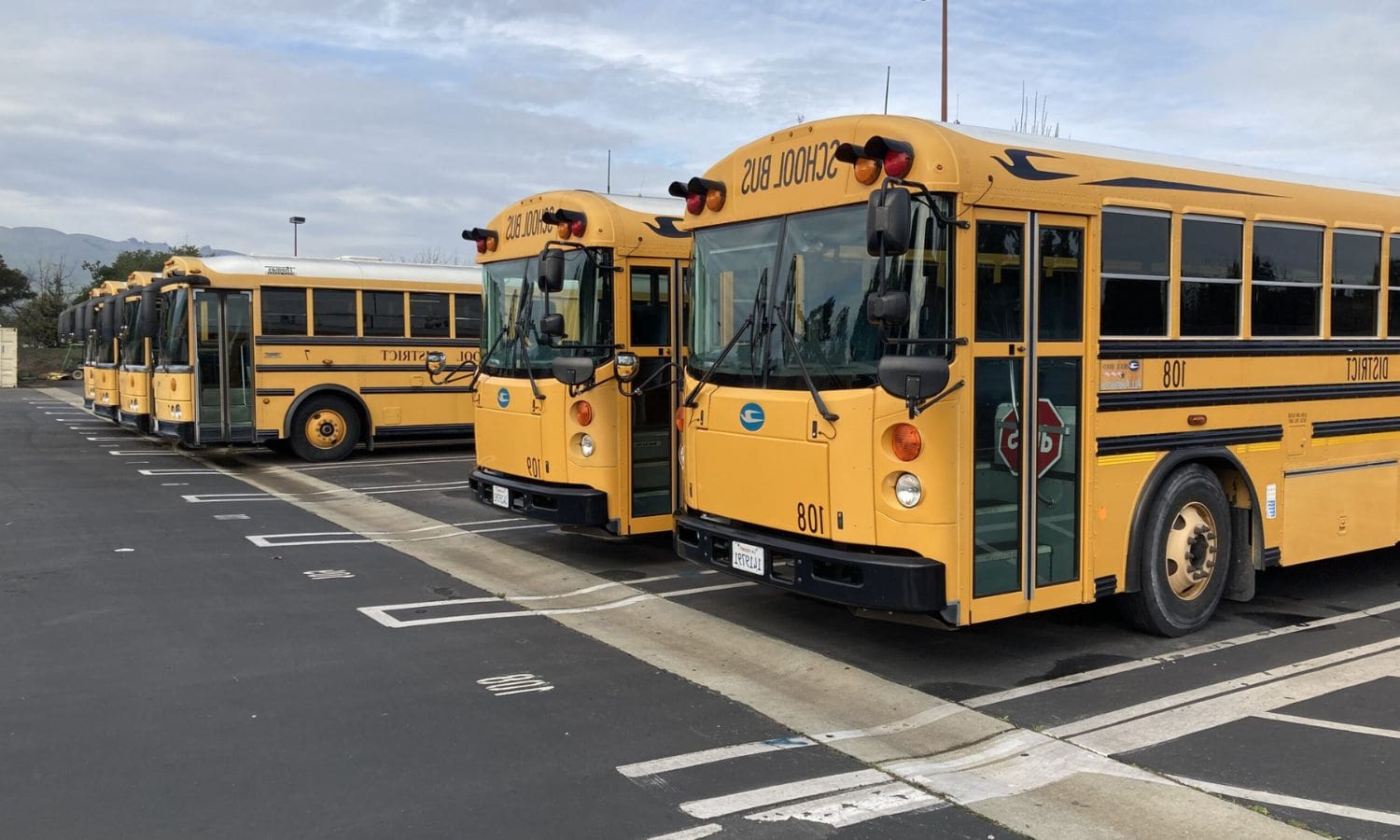San Jose Schools Passed on Electric Bus Funding: In recent years, the federal government has offered grants to support the purchase of electric buses for school districts across the country. The obstacles faced by local school districts in accessing these funds, the efforts and rejections of San Jose districts in their grant applications, and the nationwide context of federal plans for electric school buses.
San Jose schools have missed out on this funding opportunity. It also highlights the remaining challenges and the Environmental Protection Agency’s ongoing initiatives in this area.
Key Takeaways Of San Jose Schools Passed on Electric Bus Funding
- San Jose schools missed out on $88 million in grants from the EPA’s Clean School Bus Program for the purchase of electric buses, due to timing, cost, and infrastructure challenges.
- Local school districts in San Jose, such as Alum Rock Union, East Side Union, and San Jose Unified faced various obstacles in implementing electric bus programs, including aging bus fleets, grant rejections, and infrastructure limitations.
- The federal government plans to allocate $5 billion over five years for the electrification of school buses, with a focus on replacing traditional diesel-powered buses with electric alternatives.
- While San Jose schools face challenges in terms of infrastructure readiness, the EPA’s Clean School Bus Rebates program provides potential financial support for replacements, and districts remain open to exploring future opportunities for electric buses.


Also Read: Cupertino Affordable Housing Ruling Sparks Celebration Among Advocates
Federal Grants for Electric Buses and San Jose’s Missed Opportunity
San Jose schools missed out on federal grants for electric buses, resulting in a missed opportunity for their transportation fleet.
The U.S. Environmental Protection Agency’s Clean School Bus Program allocated $88 million in grants to California school districts, aiming to promote greener alternatives to traditional diesel-powered buses. Unfortunately, San Jose schools were unable to secure these grants due to a combination of timing, cost, and infrastructure challenges.
The grant program provided funding for the purchase of electric buses, which would not only reduce emissions and improve air quality but also lower operating costs in the long run. Despite the potential benefits, San Jose schools were unable to overcome the obstacles necessary to take advantage of this federal funding opportunity.
As a result, they continue to rely on conventional buses, missing out on the chance to enhance their transportation fleet with more sustainable options.
Obstacles Faced by Local School Districts in Accessing Funds
Local school districts in San Jose encountered significant obstacles in accessing the allocated funds for electric bus funding. These obstacles ranged from grant rejections to infrastructure limitations, hindering the districts’ ability to transition to electric buses. The table below provides a summary of the challenges faced by each district:
| School District | Obstacles |
|---|---|
| Alum Rock Union School District | Aging bus fleet, limited funds |
| East Side Union High School District | Grant rejection, insufficient charging stations |
| San Jose Unified School District | Increased costs, lack of infrastructure |
The Alum Rock Union School District struggled with an aging bus fleet and limited funds, making it difficult to invest in electric buses. The East Side Union High School District faced grant rejections and a lack of charging stations, impeding their transition to electric buses. The San Jose Unified School District encountered increased costs and a lack of infrastructure, posing challenges to accessing the allocated funds. These obstacles highlight the complexities involved in implementing electric bus programs in local school districts.


Grant Application Efforts and Rejections by San Jose Districts
The grant application efforts and rejections by the school districts in San Jose have posed significant challenges in accessing electric bus funding.
Alum Rock Union faced difficulties with their aging diesel buses, which highlighted the urgent need for funding to replace them with electric buses.
East Side Union initially received approval for a grant but was later rejected, leaving them without the necessary funds to upgrade their bus fleet.
San Jose Unified, on the other hand, made a conscious decision not to pursue the grant due to infrastructure limitations and recent investments in renewable diesel buses.
These rejections and challenges have hindered the progress towards adopting electric buses in San Jose, leaving the districts struggling to find alternative solutions to their transportation needs.
Nationwide Context: Federal Plans for Electric School Buses
The nationwide efforts to transition to electric school buses align with the federal government’s plans to allocate $5 billion over five years for the electrification of school buses, emphasizing the modernization of facilities. This funding aims to support school districts across the country in replacing their traditional diesel-powered buses with electric alternatives, reducing pollution and improving air quality in communities. Southern California has been a prominent recipient of these grants, with Alameda, Oakland, and San Francisco unified school districts also securing funding. To provide a visual representation of the impact of federal plans for electric school buses, the following table highlights some key grant recipients in Southern California and the Bay Area.
| District | Funding Amount |
|---|---|
| Los Angeles Unified School District | $25 million |
| San Diego Unified School District | $18 million |
| Long Beach Unified School District | $10 million |
| Alameda Unified School District | $2 million |
| Oakland Unified School District | $2 million |
| San Francisco Unified School District | $2 million |
These grants demonstrate the federal government’s commitment to promoting sustainable transportation and improving the health and well-being of students and communities nationwide.
Remaining Challenges, Openness to Future Opportunities, and EPA’s Ongoing Initiatives
Continuing the discussion from the previous subtopic, districts face remaining challenges and remain open to future opportunities as they navigate the EPA’s ongoing initiatives for electric school buses.
While some districts have expressed openness to transitioning to electric buses, they also acknowledge the challenges they face in terms of infrastructure readiness. This reflects a broader nationwide effort to reduce environmental impact and improve air quality.
The EPA’s Clean School Bus Rebates program, with a funding target of at least $500 million for replacements, provides a potential avenue for districts to access financial support. However, careful fund allocation and prioritizing education are important considerations for districts when deciding whether to participate in such initiatives.
The deadline for applications is another factor that districts must take into account. Despite the challenges, districts remain committed to exploring future opportunities and finding ways to make the transition to electric school buses a reality.


Conclusion Of San Jose Schools Passed on Electric Bus Funding
Despite the availability of federal grants for electric buses, San Jose schools missed the opportunity to access funding due to various obstacles faced by local school districts. Efforts to apply for grants were met with rejections, highlighting the challenges faced by San Jose districts.
However, on a national level, there are ongoing initiatives and plans for electric school buses. It is important for districts to remain open to future opportunities and to work towards overcoming barriers in order to benefit from these initiatives.
Additionally, the EPA continues to support and promote the adoption of electric buses in schools.

